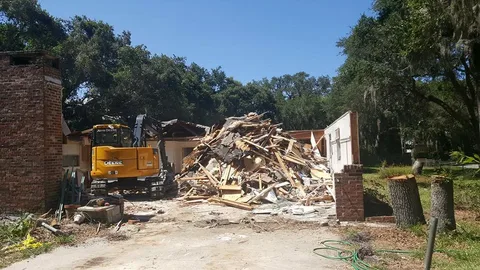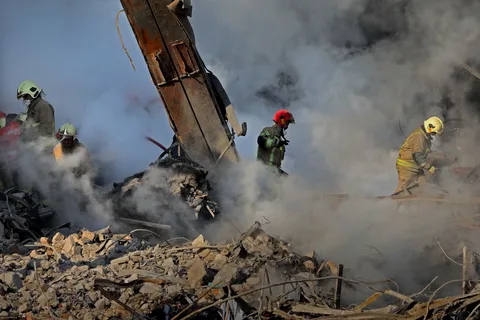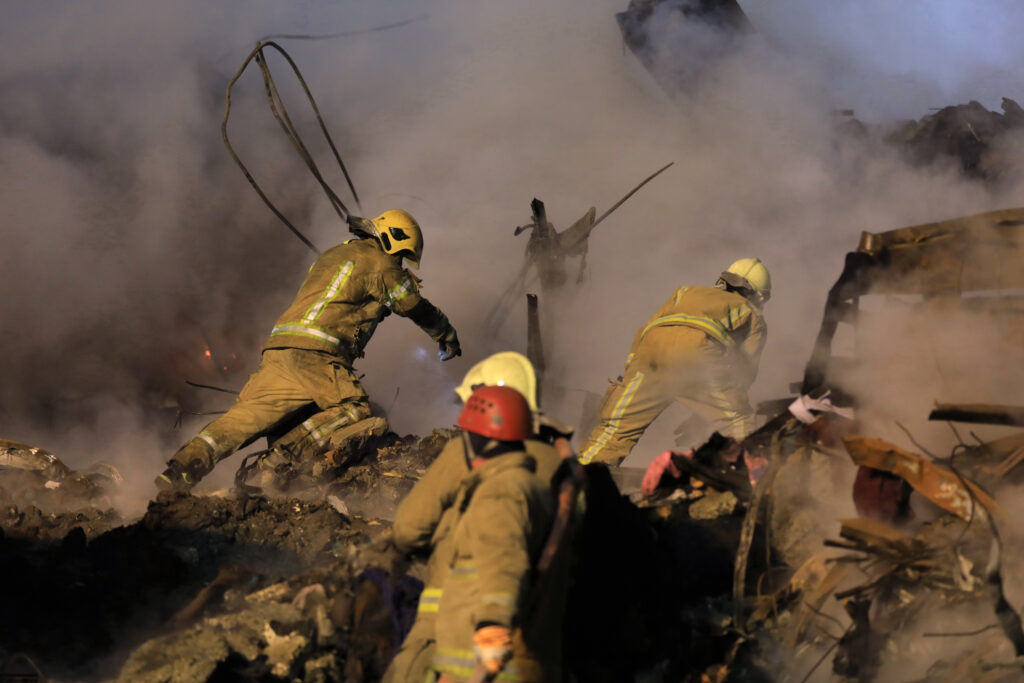Debris Removal Insurance: Everything You Need to Know
Introduction
Debris removal insurance might not be the most glamorous topic, but it’s incredibly important for homeowners and business owners alike. Imagine your property is hit by a natural disaster or a fire. The damage is bad enough, but then you realize you also have to deal with the mess left behind. That’s where debris removal insurance comes in. This type of insurance helps cover the costs of cleaning up the debris, making the recovery process a bit less stressful.

What is Debris Removal Insurance?
Debris removal insurance is a part of a property insurance policy that provides reimbursement for the costs associated with cleaning up debris after a covered peril, such as a fire or storm1. This coverage is crucial because the costs of debris removal can add up quickly and are often overlooked when initially arranging insurance coverage.
Why is Debris Removal Insurance Important?
Financial Protection
One of the main reasons debris removal insurance is important is financial protection. The costs of cleaning up after a disaster can be significant, and without this coverage, you might find yourself paying out of pocket1.
Peace of Mind
Knowing that you have coverage for debris removal can provide peace of mind. You won’t have to worry about the additional financial burden during an already stressful time2.
How Does Debris Removal Insurance Work?
Debris removal insurance typically has a cap on the amount of reimbursement you can receive. This cap is often a percentage of the insurer’s liability for the direct property loss1. For example, if your policy covers $100,000 in property damage, the debris removal coverage might be capped at 25% of that amount, or $25,0002.
Coverage Limits and Exclusions
Standard Coverage
Most standard property insurance policies include some level of debris removal coverage, but the limits can vary. It’s important to review your policy to understand what is covered and what isn’t1.
Additional Coverage
You can often purchase additional debris removal coverage if the standard limits are not sufficient for your needs2. This can be especially important if you live in an area prone to natural disasters.
Historical Context
Debris removal insurance has evolved over time. Under the 1943 New York Standard Fire Policy, debris removal costs were not explicitly covered or excluded, leading to controversy among insurers1. Today, most property insurance policies include a debris removal clause to clarify coverage.

Common Scenarios for Debris Removal Insurance
Natural Disasters
Natural disasters like hurricanes, tornadoes, and earthquakes can leave behind a significant amount of debris. Debris removal insurance helps cover the costs of cleaning up after these events2.
Fires
Fires can cause extensive damage to property, leaving behind charred wood, twisted metal, and other debris. Debris removal insurance covers the costs of cleaning up this mess1.
How to File a Debris Removal Insurance Claim
Step 1: Document the Damage
Take photos and videos of the damage to your property. This documentation will be crucial when filing your claim2.
Step 2: Get an Estimate
Obtain an estimate from a licensed contractor for the cost of debris removal. This estimate will need to be submitted with your claim1.
Step 3: Submit Your Claim
Submit your claim to your insurance company along with the documentation and estimate. Be sure to do this within the time frame specified in your policy, often within 180 days of the loss2.
Tips for Choosing Debris Removal Insurance
Review Your Policy
Make sure you understand the coverage limits and exclusions in your policy. If the standard coverage is not sufficient, consider purchasing additional coverage1.
Compare Quotes
Shop around and compare quotes from different insurance companies to find the best coverage for your needs2.
Consider Your Location
If you live in an area prone to natural disasters, it’s especially important to have adequate debris removal coverage1.

Conclusion
Debris removal insurance might not be the most exciting topic, but it’s an essential part of protecting your property. By understanding what it covers and how it works, you can ensure that you’re adequately protected in the event of a disaster. So, next time you’re reviewing your insurance policy, don’t forget to check the debris removal coverage. It might just save you a lot of stress and money down the road.
Leave a Reply